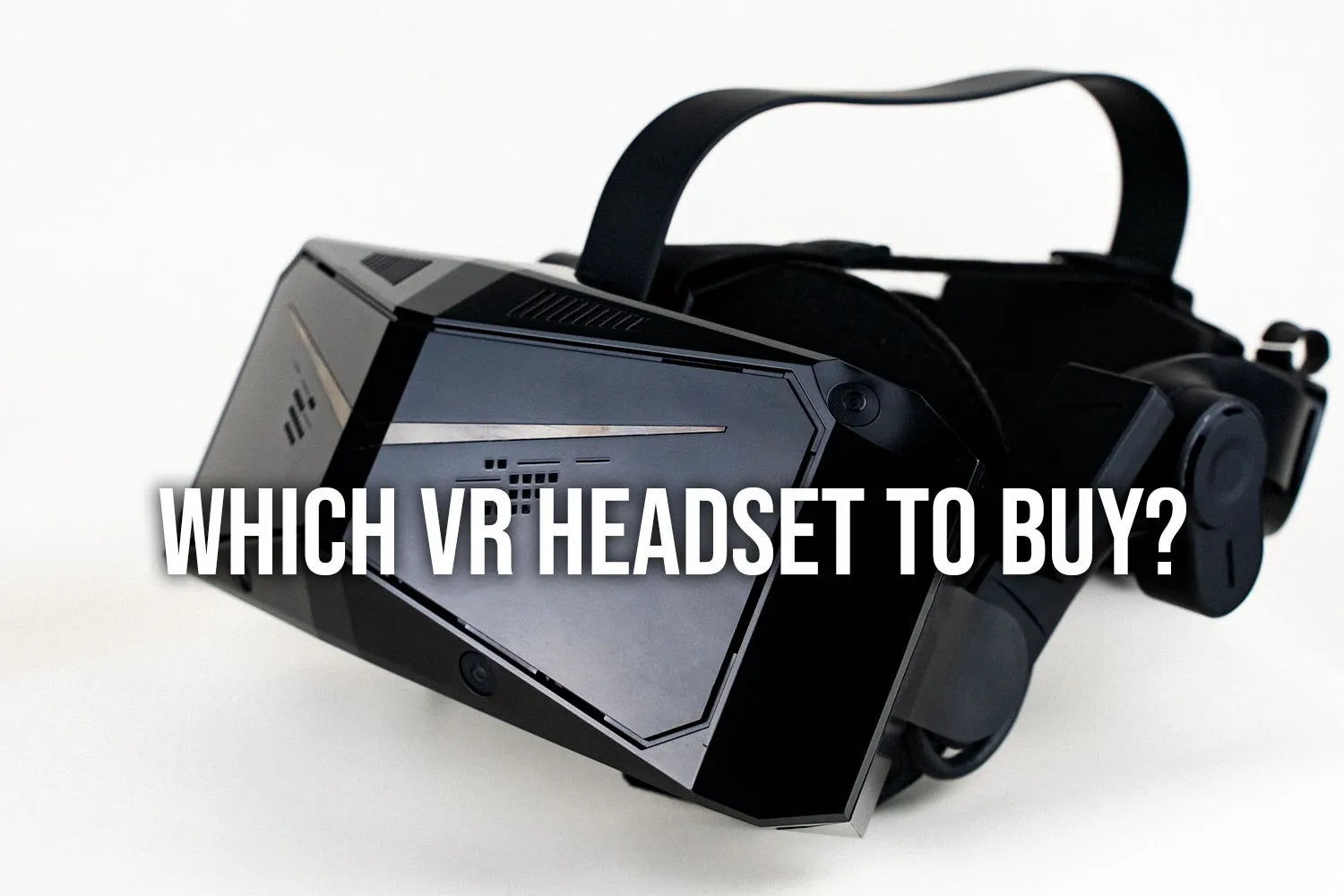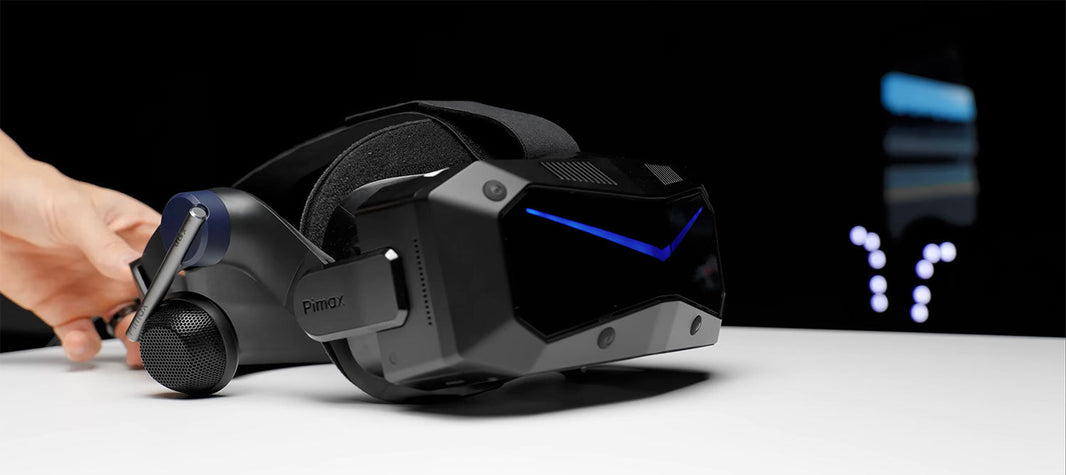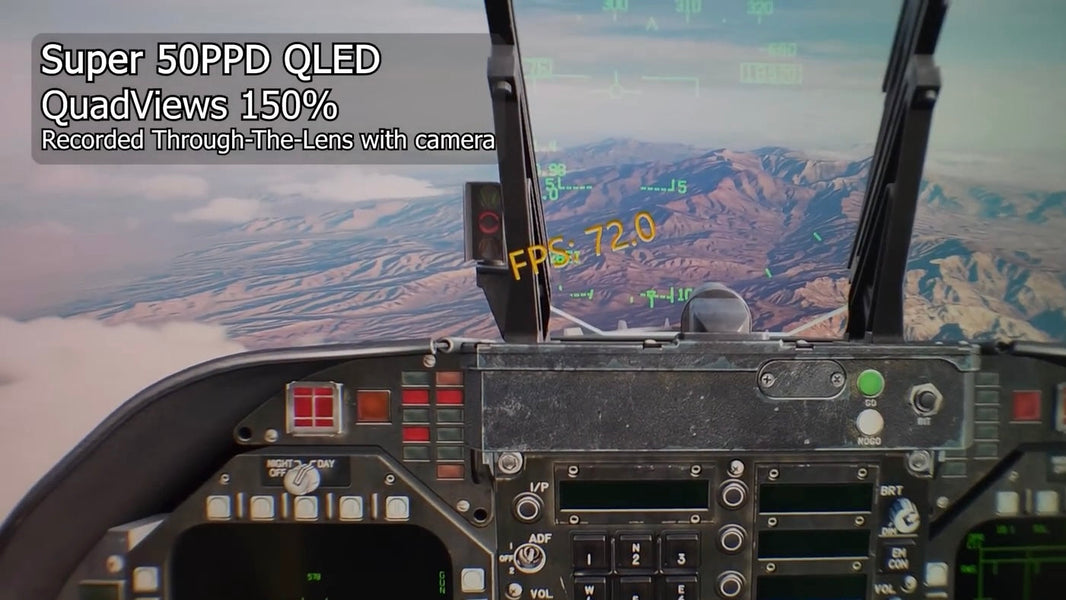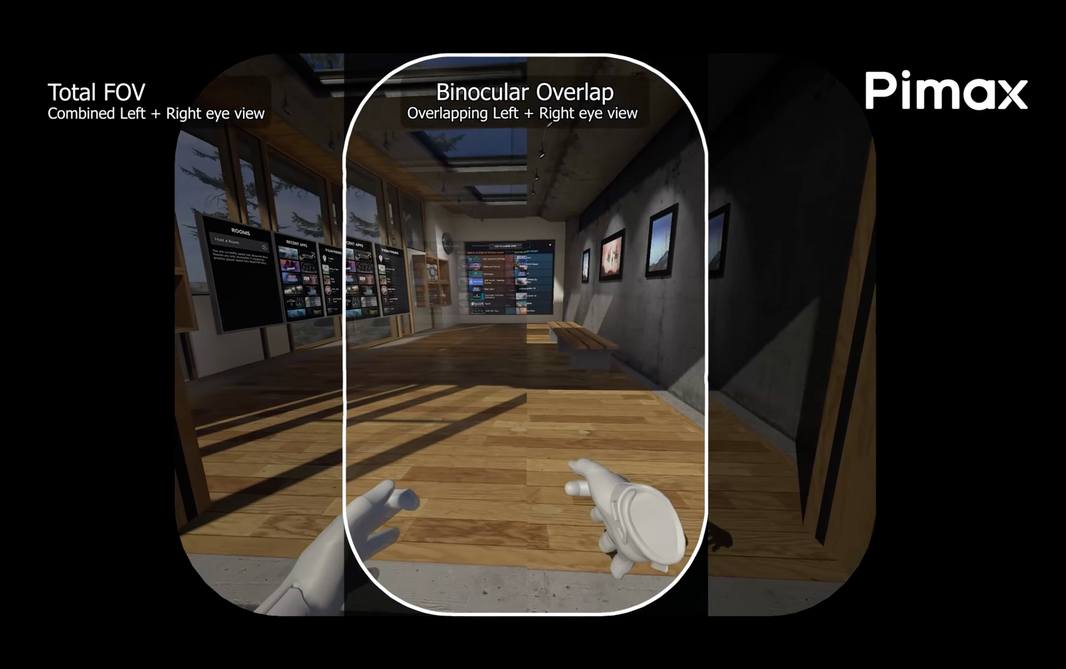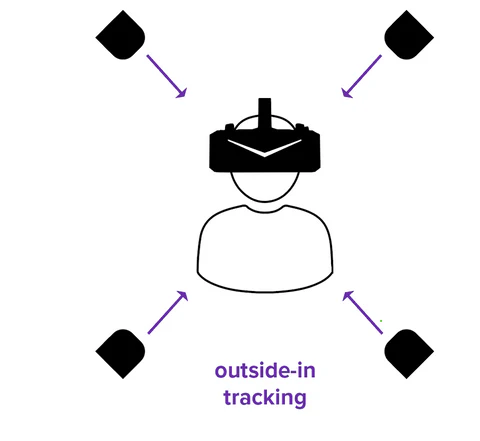If you're thinking about jumping into the world of VR, getting a high-quality VR headset is the first important step. But with many options out there, it can be overwhelming to pick the right one. In this article, we will outline several factors to consider when buying your first VR headset, ensuring you make an informed decision that suits your needs and budget.
1. VR Compatibility:
Before you buy a VR headset, make sure it works with the device you want to use, like a PC or gaming console. Some headsets are made for specific platforms, but others can work with different ones.

Pimax Crystal is an example of PCVR and PlayStation VR is an example of gaming console VR
2. Types of VR Headsets:
There are primarily two types of VR headsets: tethered and standalone. The tethered ones need to be connected to a computer or gaming console for the best experience. On the other hand, standalone headsets have their own processing power and don't need any extra connection.

There are also vr headsets like Pimax Crystal that have both standalone and tethered modes.
Learn more about PCVR vs Standalone VR
3. Display and Image Quality:
Consider the resolution and refresh rate of the headset's display. Higher resolution and refresh rates make the visuals sharper and smoother. Also, paying attention to Pixels-Per-Degree (PPD). PPD is the number of horizontal pixels per degree of viewing angle, which shows the degree of the resolution of headsets. The higher the PPD number, the clearer the details and visual experience. Therefore, aim for a headset with at least 1080p resolution, a minimal refresh rate of 90Hz, and a PPD of 20 or more for the best visual quality.

4. Field of View (FOV):
The FOV (Field of view) determines the extent of the virtual world you can see. A wider FOV can provide a more immersive experience. Look for headsets with an FOV of around 95 degrees or higher to enhance your VR experience.

Learn more about FOV of Pimax Crystal
5. Comfort and Ergonomics:
Since VR experiences can be time-consuming, it's important to prioritize comfort. Take into account things like how heavy the headset is, how much padding it has, and if it's adjustable. Try to find models that fit well, have adjustable straps, and come with comfy padding so you can use them for long periods without feeling uncomfortable.
6. Tracking Technology:
Tracking technology is crucial for accurate movement and positioning within the virtual environment. Headsets use different tracking systems such as inside-out, outside-in, or sensor-based. Inside-out tracking uses built-in cameras or sensors to track your movements, while outside-in requires external sensors placed in the room. Before you decide, think about what you really need and the limitations of each tracking technology.

Learn more about tracking technology
7. Content Availability:
Be sure to check if there is enough VR content available for use with the headset you intend to purchase. Different platforms have different game collections, apps, and experiences. Ensure that your chosen headset has a diverse range of content to keep your VR experiences enjoyable and engaging.

Very popular VR game VR Chat which is only available on PCVR and some VR platforms. Running it with Crystal's eye-tracking feature, you need a plugin.
Conclusion
Buying your first VR headset is an exciting step towards immersing yourself in the world of virtual reality. By considering factors like compatibility, type of headset, display quality, FOV, comfort, tracking technology, and content availability, you can make an informed decision that aligns with your preferences and budget. Remember to research and compare different models and read reviews to find the headset that best suits your needs. Embrace the potential of VR technology and get ready for an immersive journey like no other!


